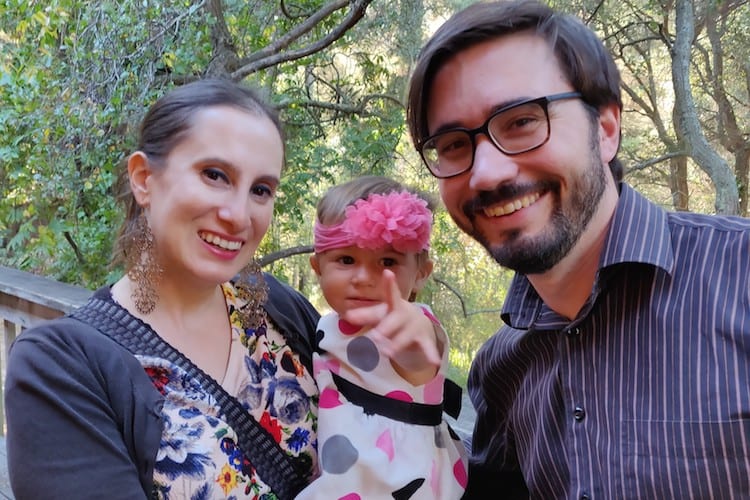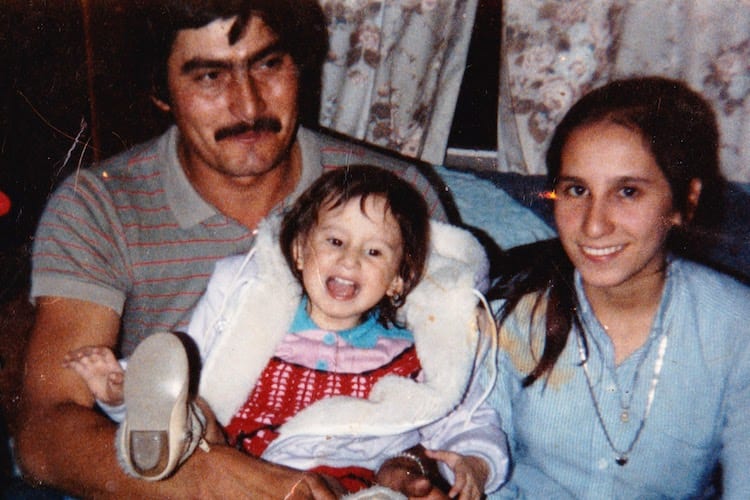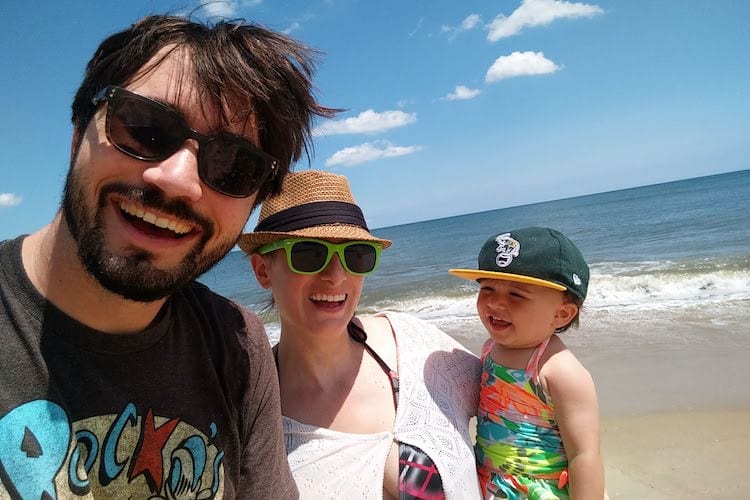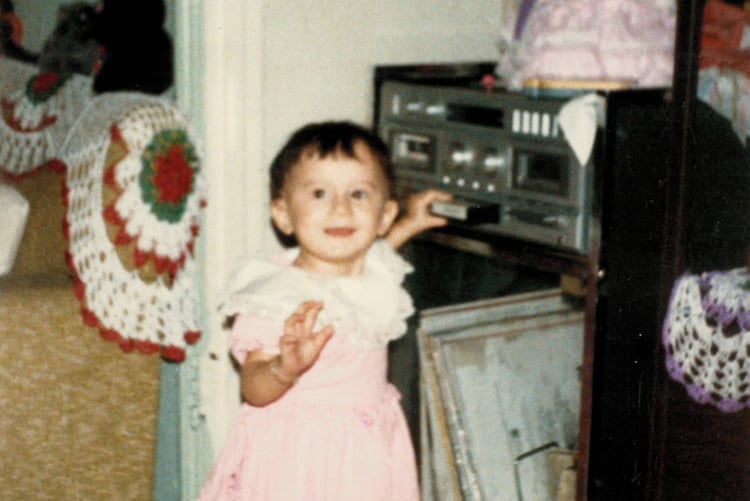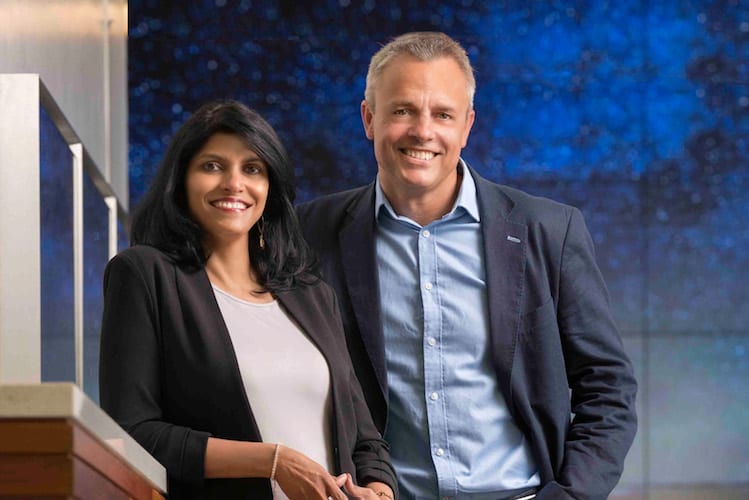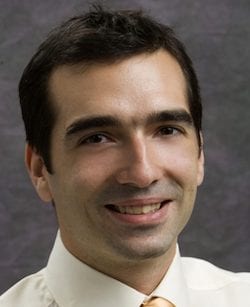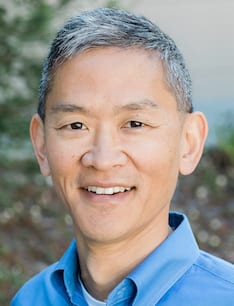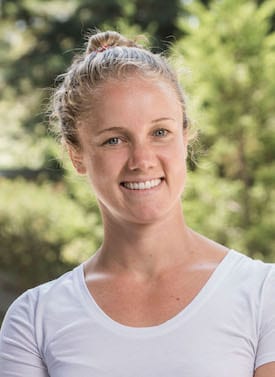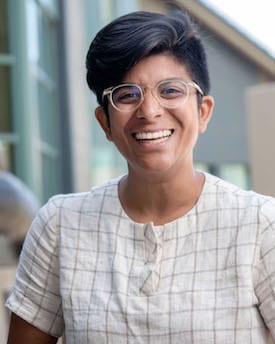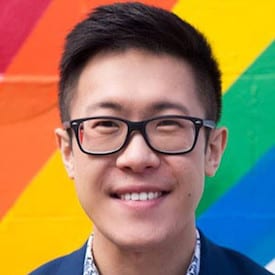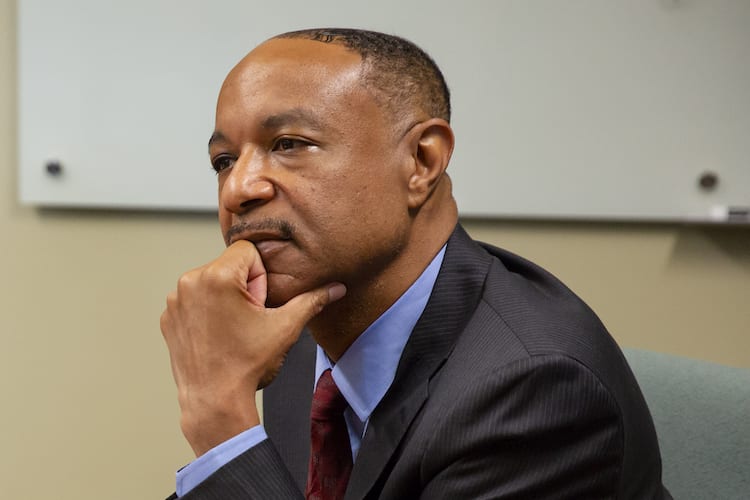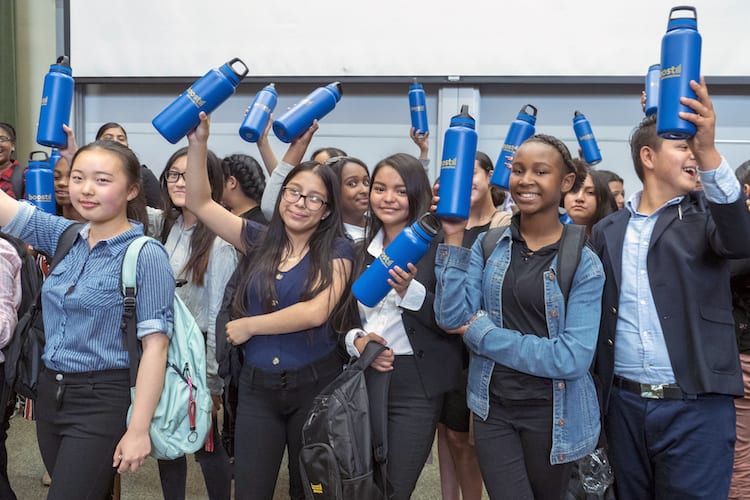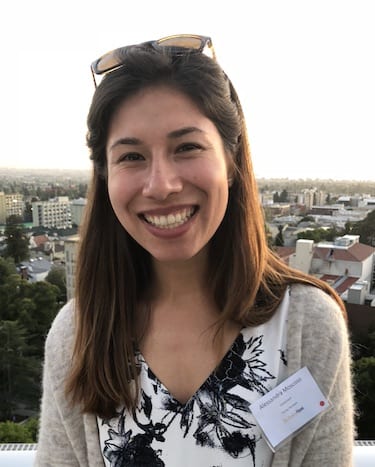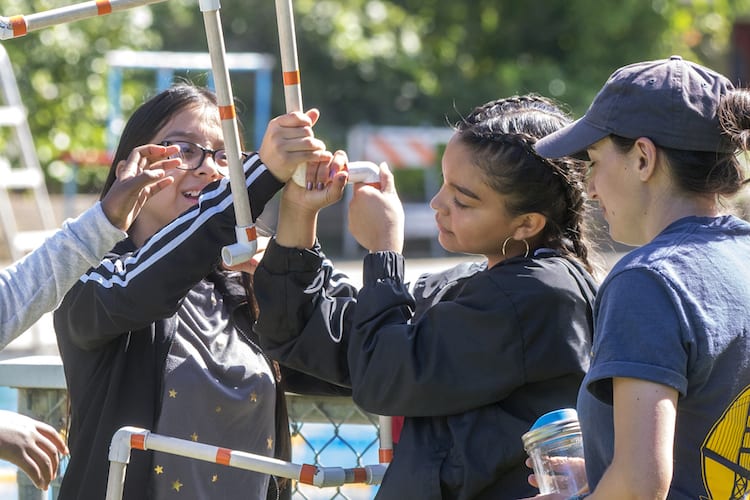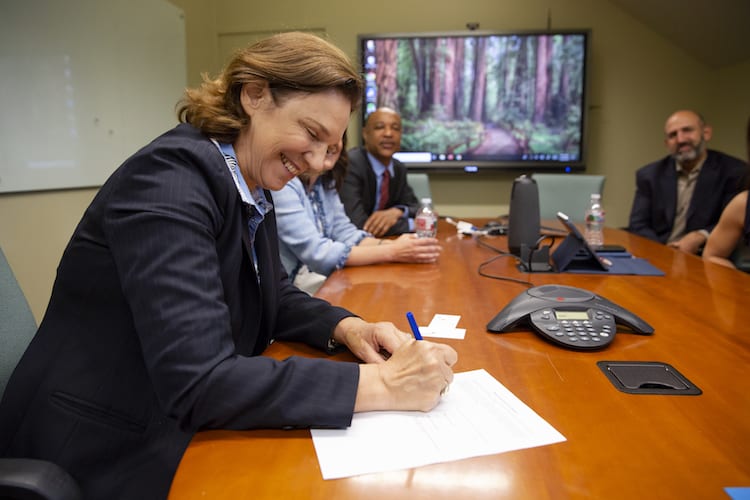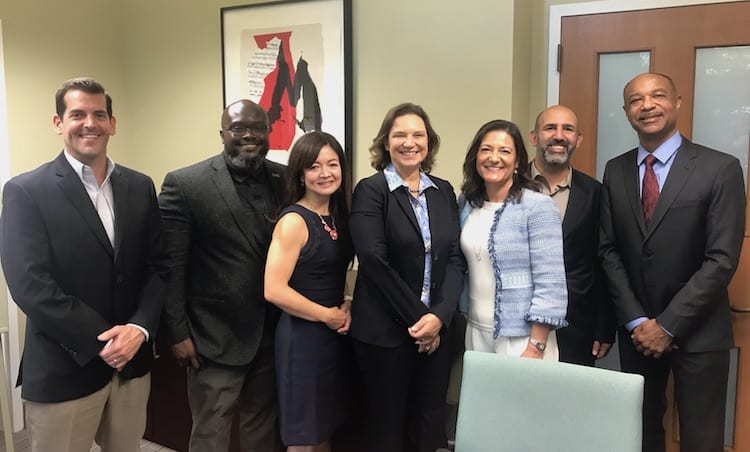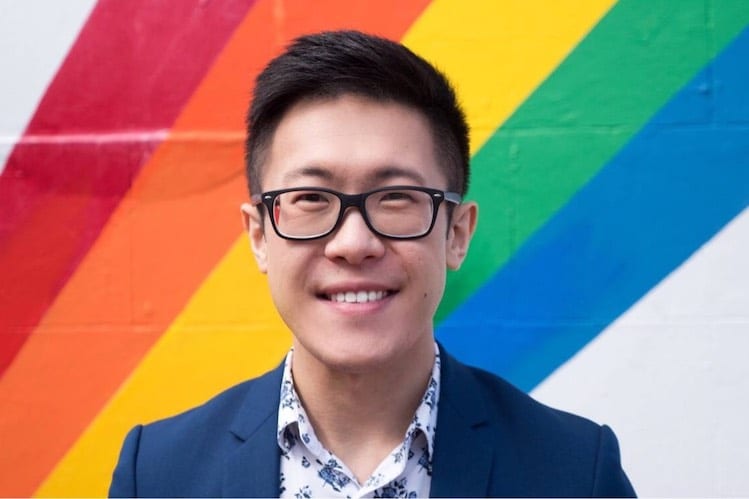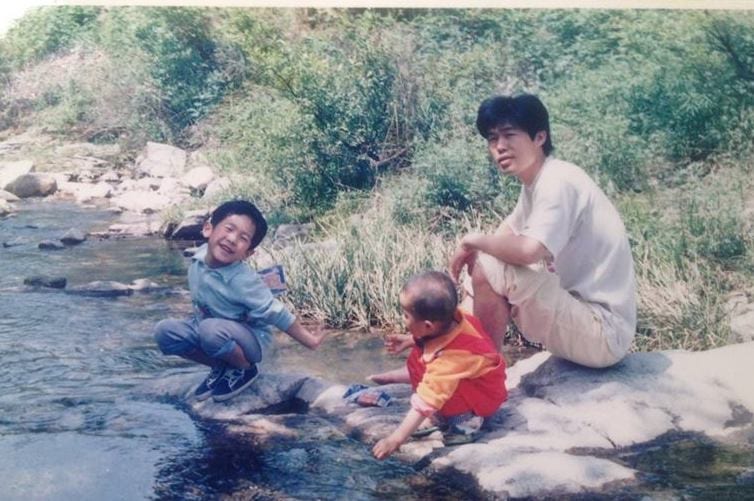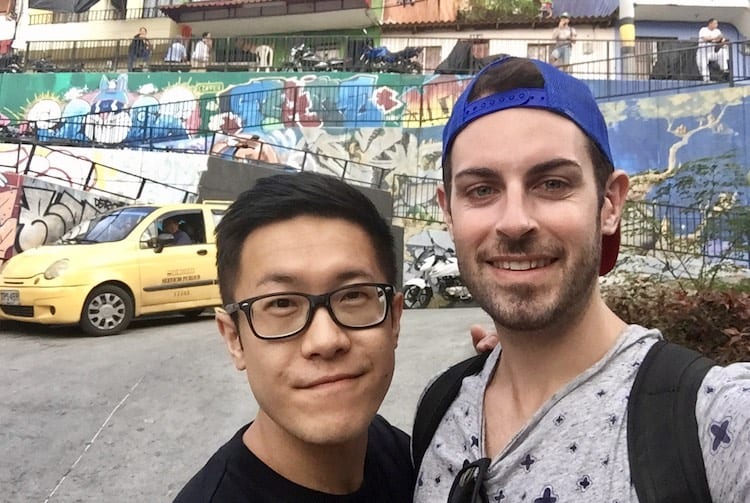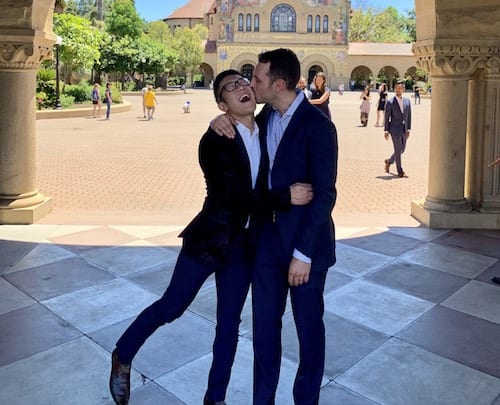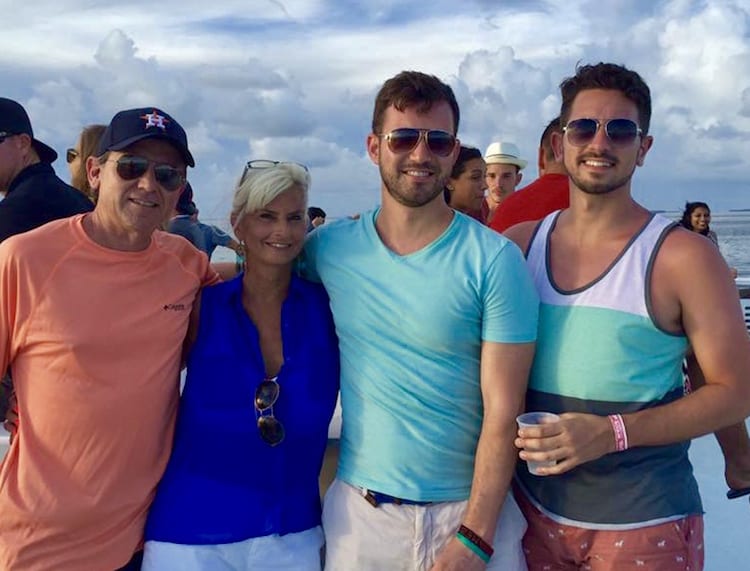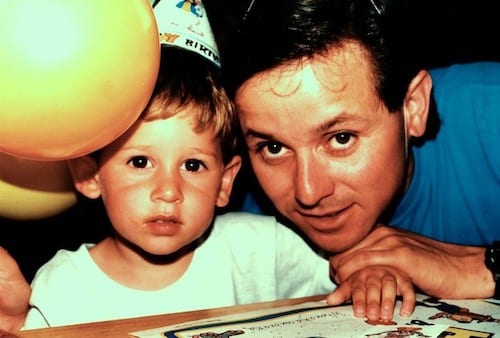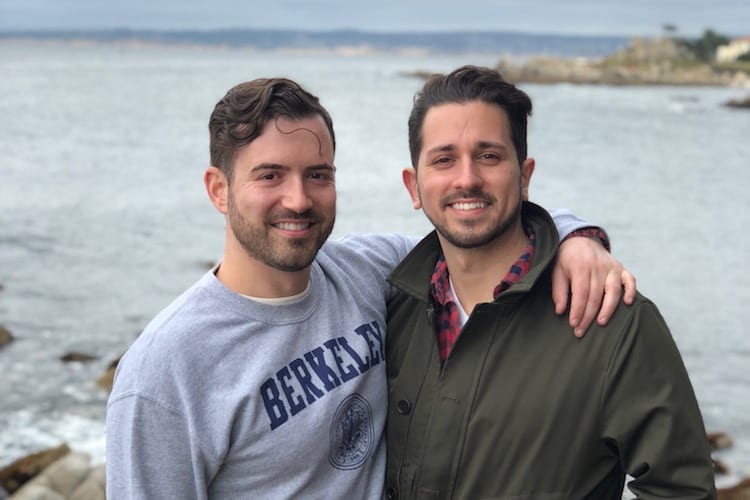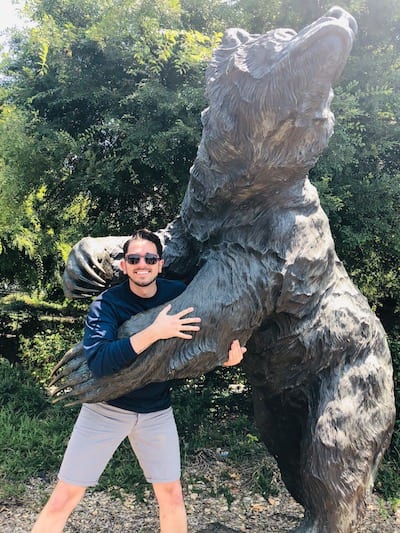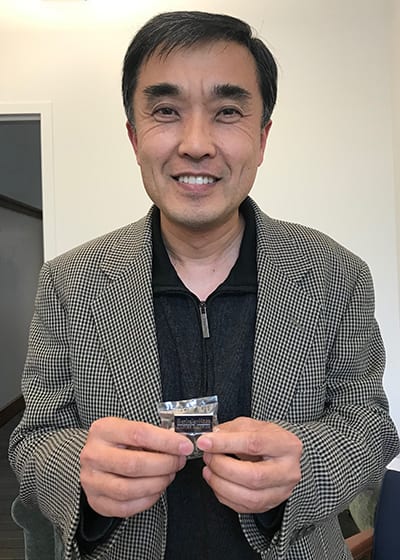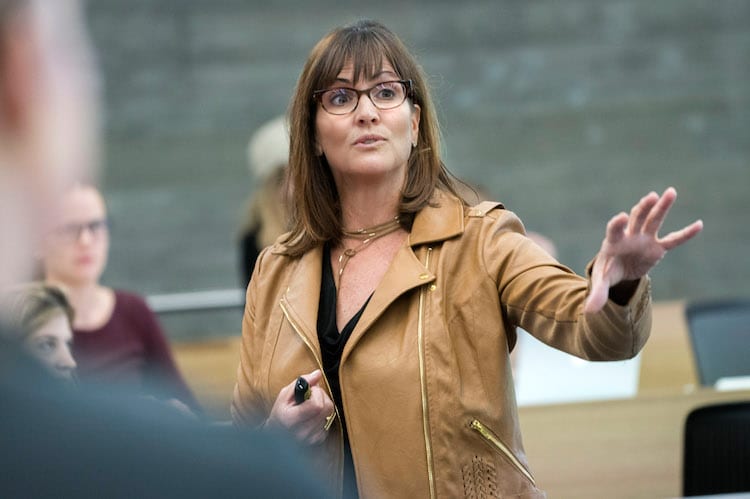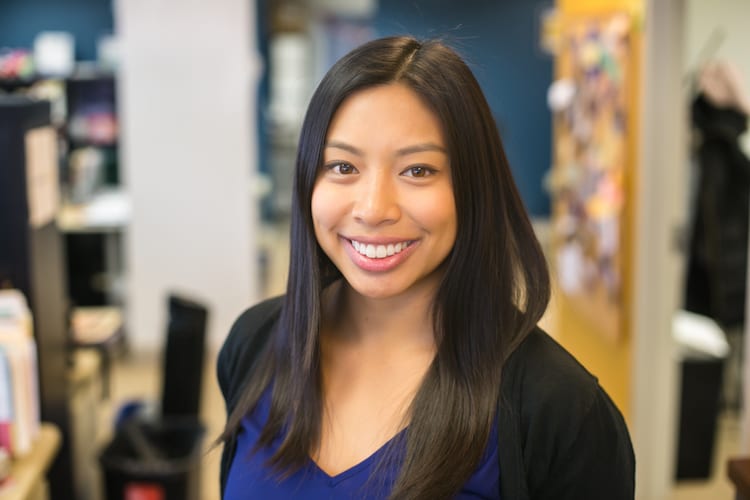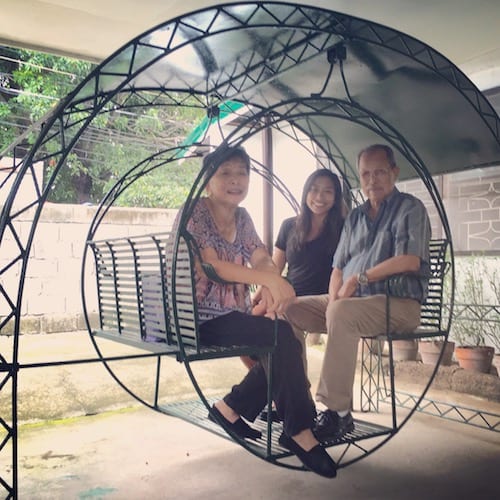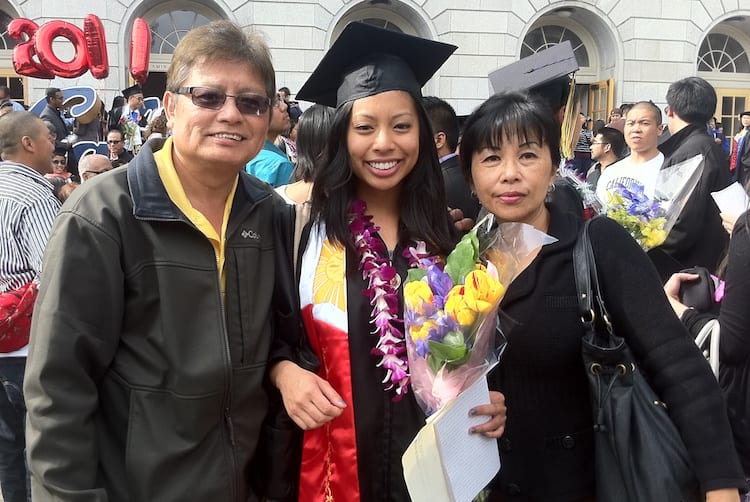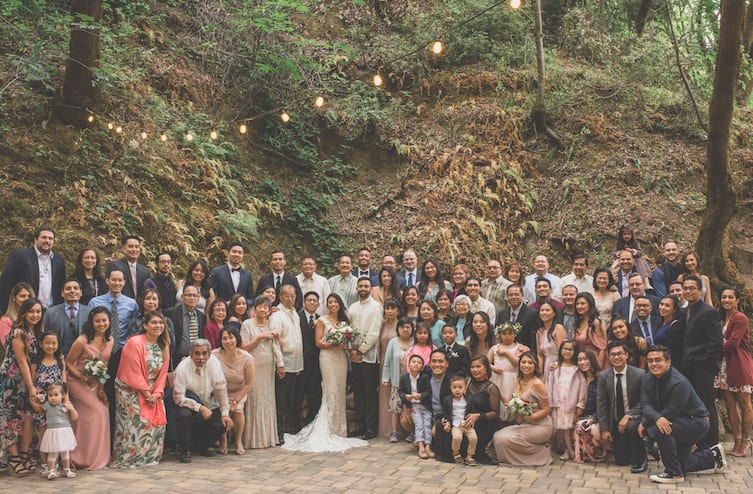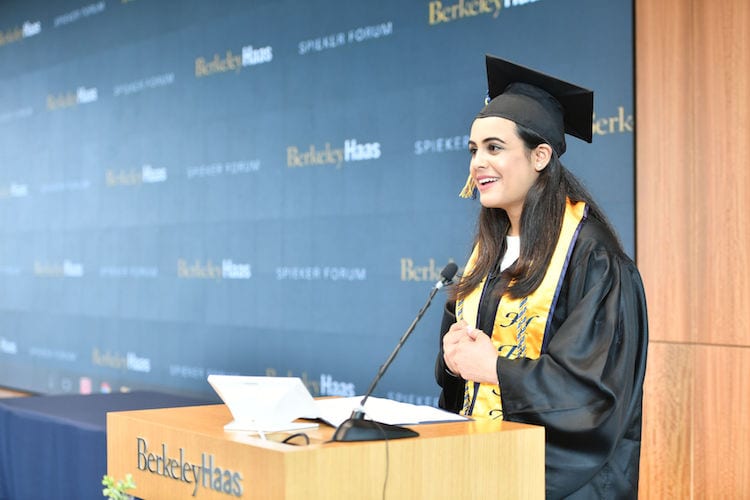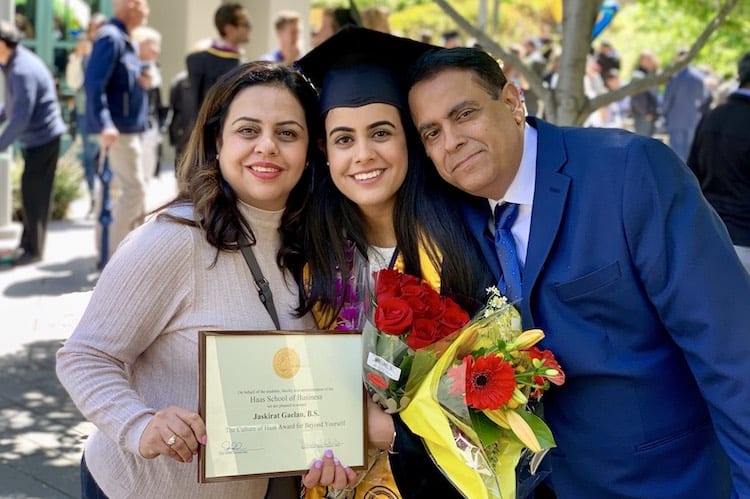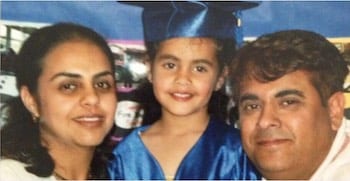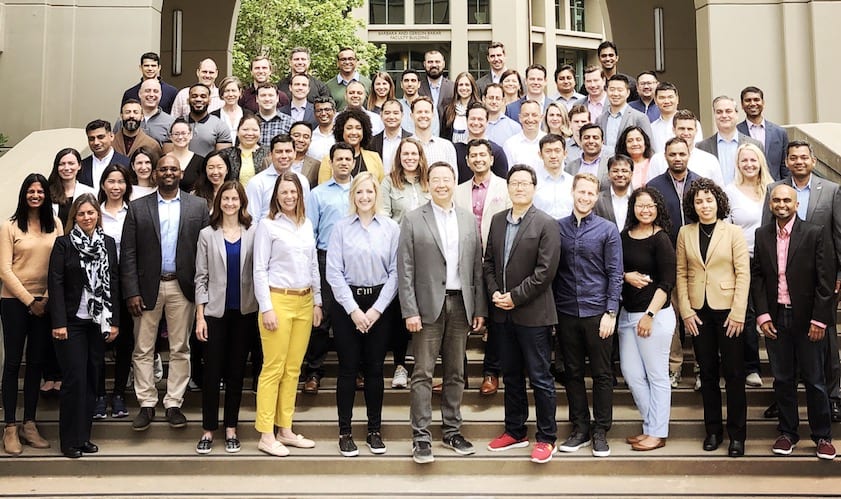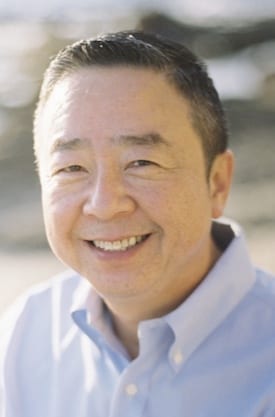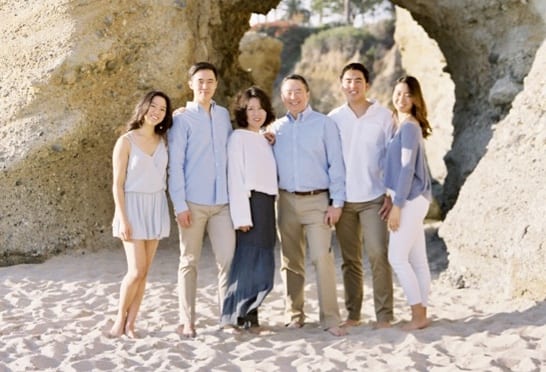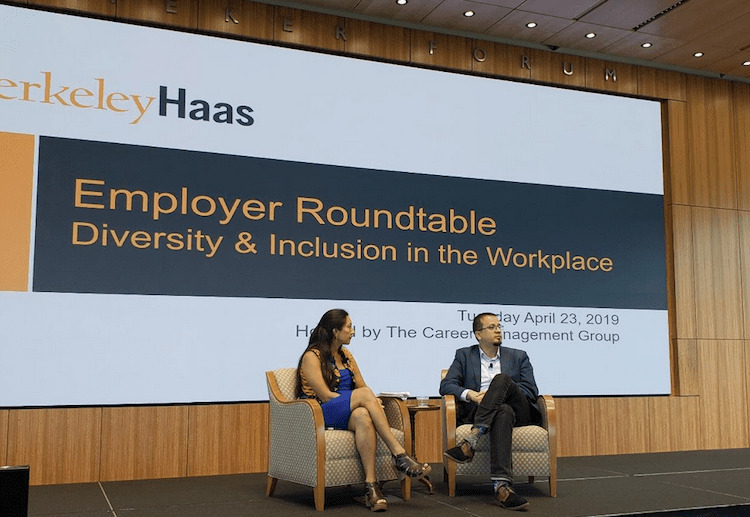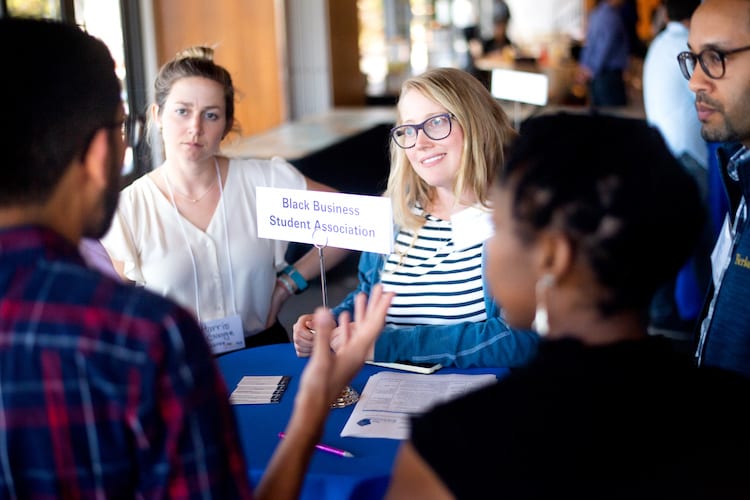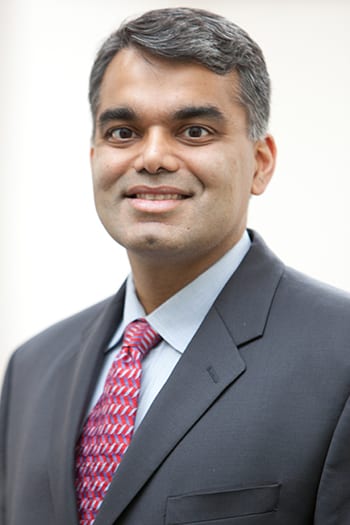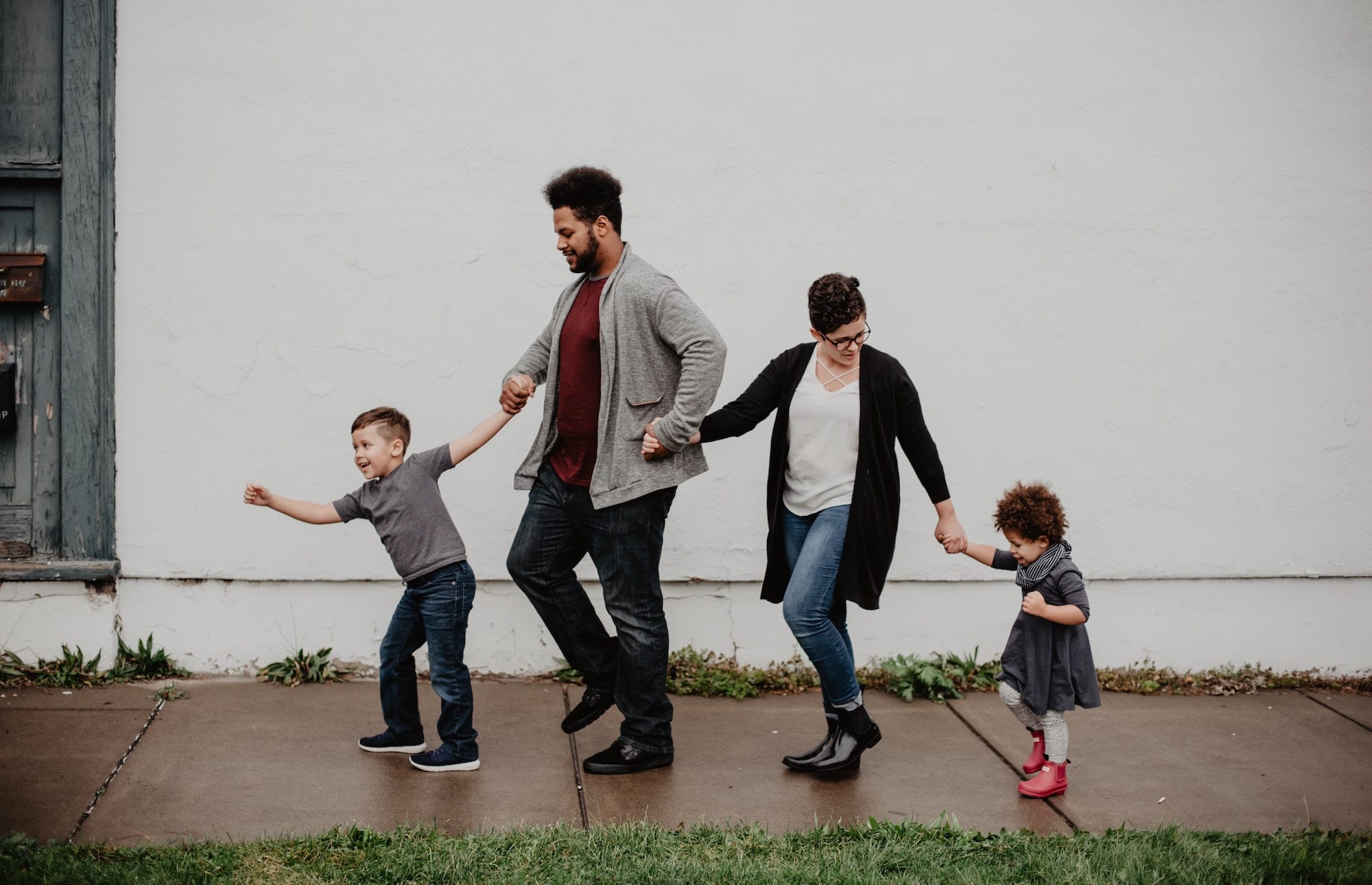 Though women now make up 47% of the workforce and hold over half of management, professional, and related occupations, companies are still struggling to support the needs of dual-career couples.
Though women now make up 47% of the workforce and hold over half of management, professional, and related occupations, companies are still struggling to support the needs of dual-career couples.
Enter the Supporting Dual Career Couples: An Equity Fluent Leadership Playbook, launching Jan. 16. It’s the first in a series of guides — dubbed “playbooks”— developed by the Center for Equity, Gender & Leadership (EGAL) at Haas.
From more flex-time to paid parental leave for all employees, the guide offers strategies and tools for organizations struggling to create a workplace that better supports dual-career couples. “Diversity, equity, and inclusion in the workplace isn’t a one-size-fits-all solution, which is where the playbook can help,” said Kellie McElhaney, EGAL’s founding director. “We can’t assume that what works for a white woman works for a black woman or what works for a straight woman works for a transgender man. We’ve designed every play to be different based on the myriad of diverse lived experiences.”
An outdated workplace structure
Genevieve Macfarlane Smith, EGAL’s Associate Director, who developed the playbook with coauthor Ishita Rustagi of EGAL, prototyped it with the help of Gap Inc., Zendesk, and the Boston Consulting Group. She said the current workplace structure is outdated. “Though about 62 percent of full-time employees in the U.S. have a partner working full-time, workplaces are built for a traditional heterosexual couple with one partner (often assumed to be a man) who supports the family financially and another partner (often assumed to be a woman) who stays home to support unpaid care and household needs.”

The playbook offers seven evidence-backed actions — which Smith and Rustagi call “plays” — that employers can implement. Each play includes the steps to put it into action, as well as the business benefits and methods for measuring success. Plays also include mini-cases from company leaders such as IKEA, Patagonia, Boston Consulting Group, and Gap Inc.
IKEA, for example, offers 16 weeks of paid parental leave to adoptive and foster parents as well as birth parents at the company’s U.S.-based locations. The company makes paid leave available to all workers, not just top-tier, salaried, and/or full-time workers. Patagonia provides employer-sponsored onsite childcare at its headquarters in Ventura, California, and at its distribution center in Reno, Nevada, with the capacity to serve over 250 children between the ages of three months to kindergarten. Patagonia reports that 99% of working mothers return to work after maternity leave.
More satisfied workers
Boston Consulting Group (BCG) launched a program in 2004 called PTO (predictability, teaming, and open communication), which is now a global initiative across 900 BCG teams in 30 countries. Under PTO, consulting teams set terms for working remotely and meeting etiquette (e.g., no meetings before 8 am), and set expectations for being accessible online.
Since launching PTO, BCG has seen improvements in personal satisfaction and project performance. Teams that embraced PTO were more likely to be efficient than those that did not (75% vs. 42%) and individuals on those teams were more satisfied with their work/life balance (62% vs. 38%) and more likely to imagine themselves at BCG for the long term (69% vs. 40%).
Abby Davisson, a senior director at the Gap Foundation who founded Gap Parents—an employee resource group at Gap Inc.— in 2019, said she met with McElhaney when she was planning to start the group, which now has nearly 400 members. Gap Inc., where 70% of employees are women, already had a very family-friendly culture, she said, but Gap Parents has brought people even closer together—with even employees who are just starting to think about having children joining.
“A lot of parents were reinventing the wheel with figuring out how to get childcare or how to take advantage of their family leave, and now they have a formal community where they can connect and share tricks and hacks,” she said. Sign up to receive the playbook when it goes live.
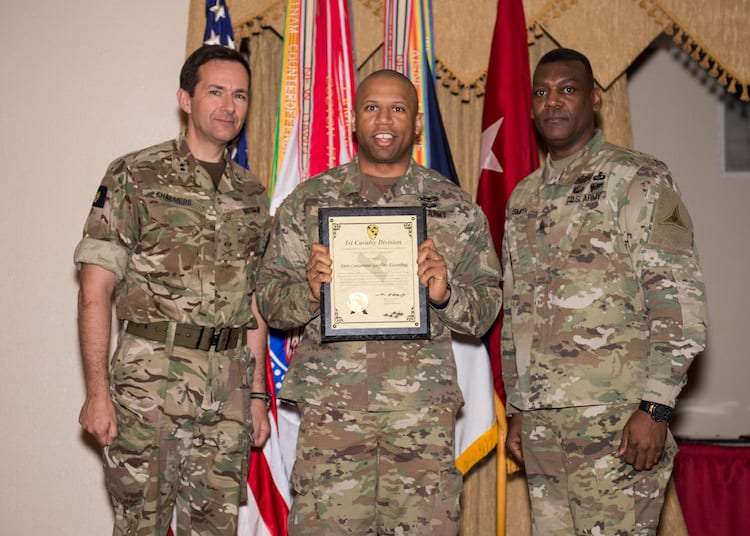 Geoffrey Easterling, pictured center, was a U.S. Army Assistant Squadron Operations Officer.
Geoffrey Easterling, pictured center, was a U.S. Army Assistant Squadron Operations Officer.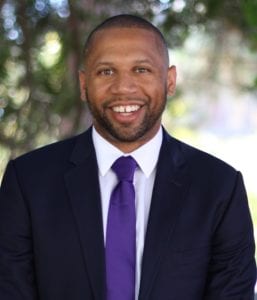 Did you always want to go to business school?
Did you always want to go to business school?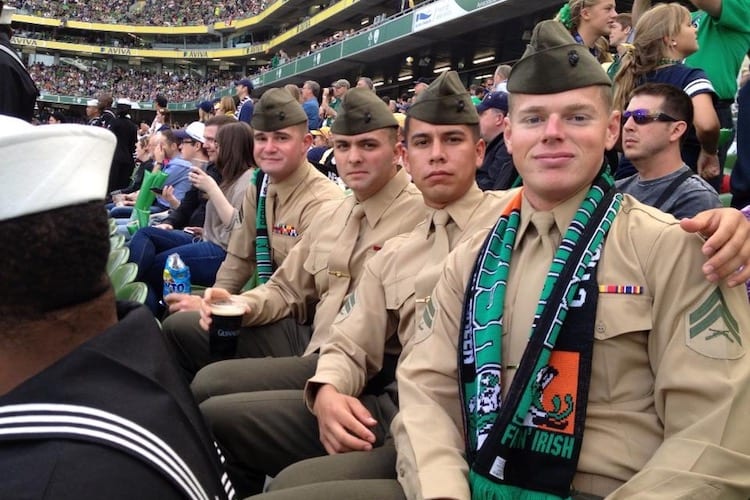
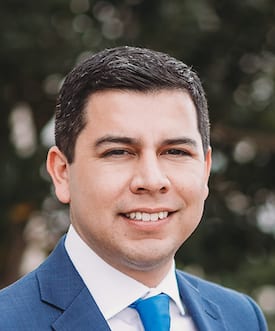
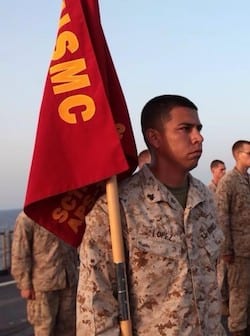
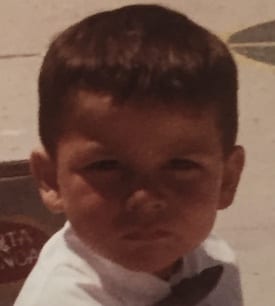
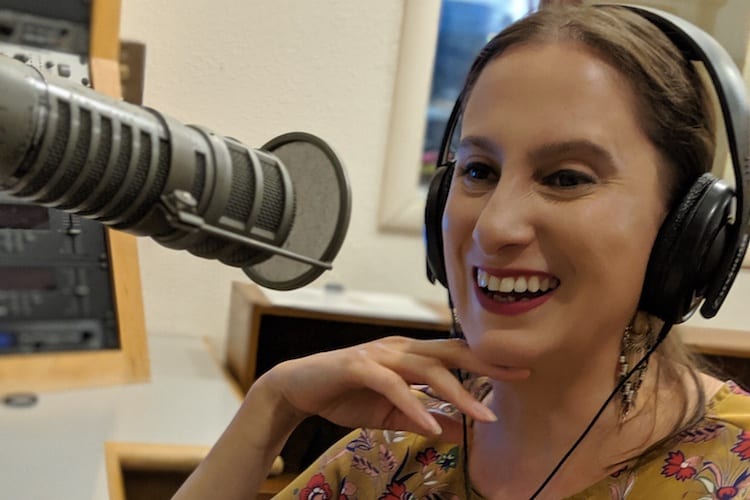 On most Tuesday evenings, you’ll find Brenda Illescas at the microphone at
On most Tuesday evenings, you’ll find Brenda Illescas at the microphone at 